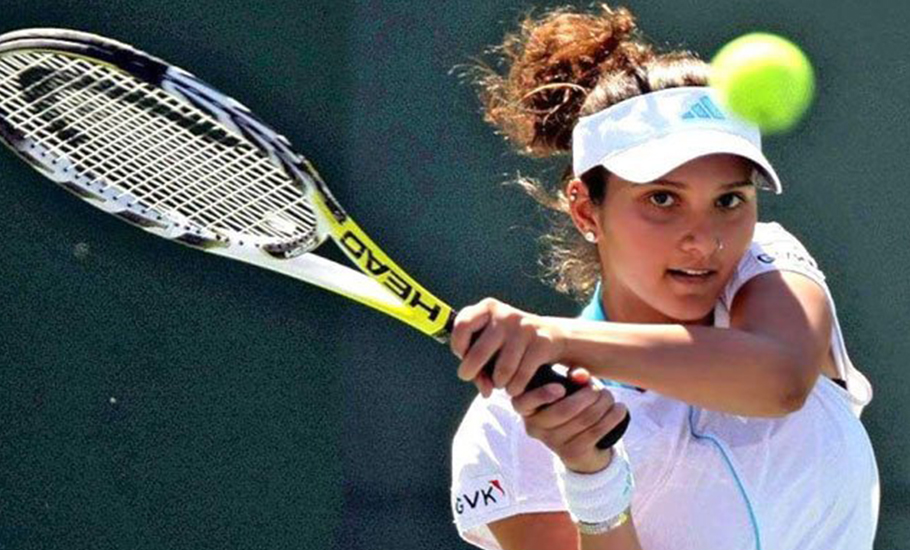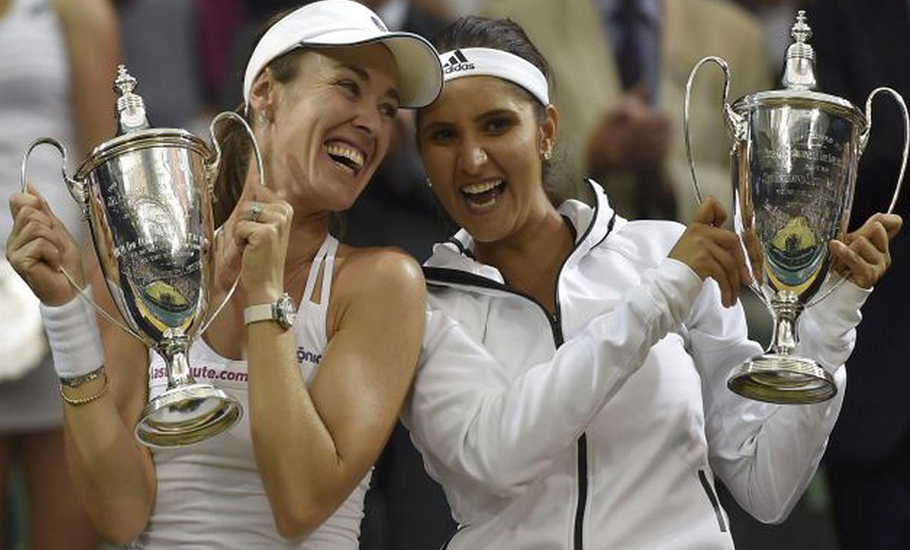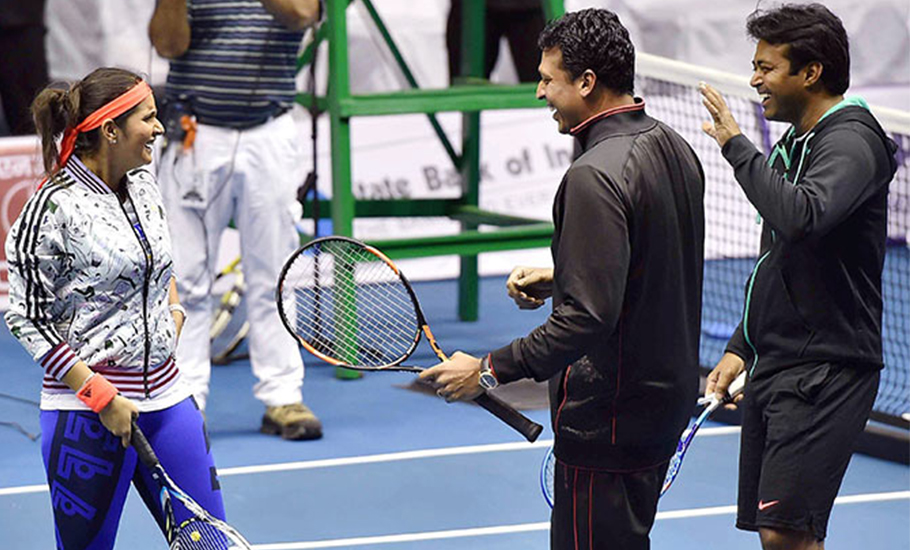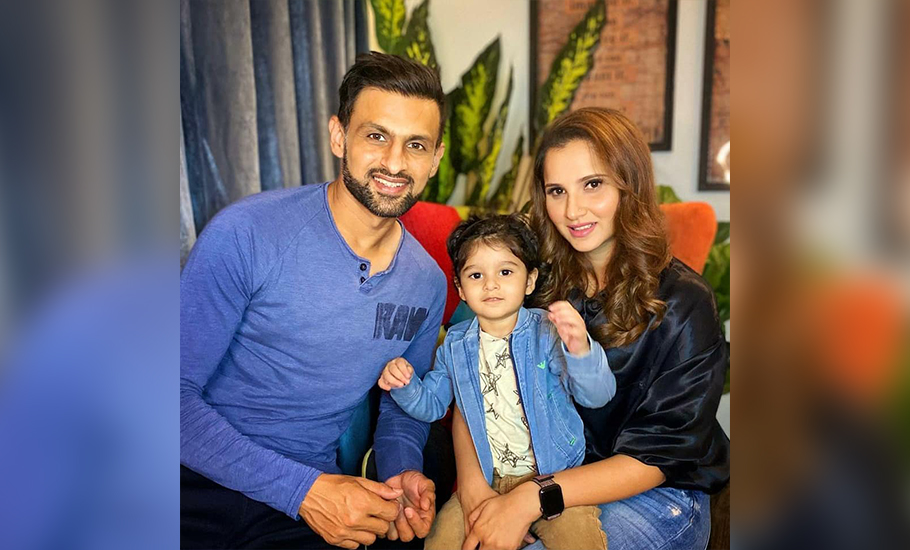
- Home
- India
- World
- Premium
- THE FEDERAL SPECIAL
- Analysis
- States
- Perspective
- Videos
- Sports
- Education
- Entertainment
- Elections
- Features
- Health
- Business
- Series
- In memoriam: Sheikh Mujibur Rahman
- Bishnoi's Men
- NEET TANGLE
- Economy Series
- Earth Day
- Kashmir’s Frozen Turbulence
- India@75
- The legend of Ramjanmabhoomi
- Liberalisation@30
- How to tame a dragon
- Celebrating biodiversity
- Farm Matters
- 50 days of solitude
- Bringing Migrants Home
- Budget 2020
- Jharkhand Votes
- The Federal Investigates
- The Federal Impact
- Vanishing Sand
- Gandhi @ 150
- Andhra Today
- Field report
- Operation Gulmarg
- Pandemic @1 Mn in India
- The Federal Year-End
- The Zero Year
- Science
- Brand studio
- Newsletter
- Elections 2024
- Events
- Home
- IndiaIndia
- World
- Analysis
- StatesStates
- PerspectivePerspective
- VideosVideos
- Sports
- Education
- Entertainment
- ElectionsElections
- Features
- Health
- BusinessBusiness
- Premium
- Loading...
Premium - Events

REPLUG: In a nation starved of sporting success, why Sania Mirza never got her due

In January this year, after a first-round loss in the women’s doubles competition at the Australian Open partnering Ukrainian Nadiia Kichenok, Sania Mirza announced that 2022 would be her final year on the WTA Tour. The general perception in the immediacy of the declaration was that she had lost the competitive edge, that tennis was no longer top of her priority list and that her...
In January this year, after a first-round loss in the women’s doubles competition at the Australian Open partnering Ukrainian Nadiia Kichenok, Sania Mirza announced that 2022 would be her final year on the WTA Tour. The general perception in the immediacy of the declaration was that she had lost the competitive edge, that tennis was no longer top of her priority list and that her overworked legs had run out of miles.
So, what does she do? She follows up that unexpected decision by making it through to the mixed doubles quarterfinals, alongside American Rajeev Ram, in the same tournament a few days later.
That little week at Melbourne Park pretty much summed up Sania Mirza. She has refused to be pigeonholed despite the best – or is it the worst – efforts of so many around her all her life, why start doing so now?
Sania’s success on the world stage is the ultimate testament to her strength of character, to the unstinting support she has had from her parents and to her own unquestionable skills. And make no mistake, she has courted more tennis success than any Indian woman before or after her. While it’s fashionable and convenient to project her as ‘only’ a doubles specialist, it’s worth remembering that she was ranked as high as No. 27 in singles on the WTA Tour in August 2007.

There is no gainsaying how much higher she would have climbed had injuries, and specifically a debilitating wrist injury that seriously impacted her biggest weapon — a booming forehand — not come in the way. Just one singles crown as opposed to 43 doubles titles, including six in the Grand Slams, might point to a career less fulfilled, but that’s only telling half the story.
Sania burst into public consciousness in her early teens with success on the junior International Tennis Federation circuit, where she won 10 singles and 13 doubles titles. But it wasn’t until she lifted the Girls’ Doubles trophy at Wimbledon in 2003, with Russian Alisa Kleybanova, that a country and a system desperate to hitch on to the success bandwagon opened its arms welcomingly.
Were she so inclined, Sania could have scoffed at the system, particularly. Whatever she had achieved had been despite, not because of, it. In a video released during Wimbledon 2022, Sania briefly touched on the early days of struggle and sacrifice by father Imran and mother Nasima. The Mirza family travelled for matches across the country in a rundown, ‘third-or-fourth-hand’ car or by train (III Tier) – ‘I’d get discounts on sports quota, I remember my mother spending hours at the railway station standing in a queue’ – and faced ridicule from various quarters. “Martina Hingis was the world No. 1 at the time, and they would ask my parents, ‘So what do you think? Your daughter will become another Martina Hingis’?”
As destiny would have it, Sania defeated top seed Hingis on her way to the Korea Open quarterfinals in 2006, and subsequently team up with the Swiss Miss to not just win Wimbledon in 2015 and the Australian Open the following year, but also be ranked the No. 1 doubles team in the world during a 41-match winning run. Sania, meanwhile, rose to No. 1 in the women’s doubles rankings for the first time in April 2015.

Alongside Saina Nehwal, her fellow Hyderabadi badminton ace who climbed to the top of the rankings that same month, Sania became the first Indian woman to be ranked No. 1 in any discipline in professional sport. This was long before Mithali Raj, MC Mary Kom and PV Sindhu, among others, took their exalted places in the pantheon. And long after the likes of PT Usha and Ashwini Nachappa had put India on the world athletics stage with their eye-catching if not always gold-winning exploits.
At her very best, Sania is a compelling force of nature, dancing to her own cadence, conjuring her own rhythm, creating her own magic. She is a ferocious striker of the tennis ball, hitting it as hard as any in the game. Acclaimed tennis writer Prajwal Hegde says that during a practice session at one of her many pilgrimages to Wimbledon, she witnessed Sania and Serena Williams practising on adjacent courts. “I closed my eyes and just listened to the sound of the ball leaving the racquet,” she recalls. “And honestly, I couldn’t say which was Sania and which was Serena.”
For all her exploits, and let’s make no mistake, they were bountiful, it’s not hard to believe that the personable Hyderabadi didn’t always get her due. Through some inexplicably weird coming together of circumstances, Sania was drawn inexorably into a host of controversies, not one of her making. It was as if India wasn’t quite prepared for a self-confident, outspoken, no-nonsense women’s champion. The country lapped up the titles she won and celebrated them as its own but was less charitably inclined towards the athlete who had won them because she didn’t conform to their outdated and archaic perception of how women’s champions ought to be.
Adding fuel to the senseless fire was the fact that Sania married Shoaib Malik, the former Pakistan cricket captain. For a nation that loves paying lip service to cross-border friendship and people-to-people relationships, it became intriguingly impossible for the majority to accept that love has no boundaries either. It will be churlish to even pretend to imagine what Sania, and her family, must have gone through in times that should have been joyous and exciting, but were reduced to tense and trying. When she was appointed brand ambassador of Telangana state by chief minister K Chandrasekhar Rao in 2014, an opposition MLA from the same state questioned her credentials for that role, insisting that she was a ‘daughter-in-law of Pakistan.’ Really?

Sania wasn’t unaffected by being dragged into these pow-wows even though she had nothing to do with them, but she kept her focus. After a break from the sport as she slipped into motherhood, she returned to the sport she loves and which helped shape her character and identity with fine results. That she went as deep as the semifinals in mixed doubles at Wimbledon 2022 in the company of Croat Mate Pavic is further proof that even at 35, despite 19 years on the pro circuit and with retirement just a few months away, Sania is anything but a spent force.
Indian tennis firmed up its romance with doubles towards the end of the 1990s when Leander Paes and Mahesh Bhupathi joined hands to form the dreaded Indian Express, a gathering force that crushed all before it until it came spectacularly apart as the two wheels began to pull in diametrically opposite directions. Sania became an unwitting, unwilling, convenient pawn in the power struggle between these two superstars, especially when it came to mixed doubles pairings at the Olympics. That’s perhaps one regret she will always carry with her – the lack of an Olympic medal owing to reasons far beyond her control.
History will be kinder and more generous and gentle to and laudatory of Sania Mirza, a unique champion who has done more for Indian women’s tennis than any sportsperson has for their discipline. “More than the titles and the trophies, if I am able to inspire even one person, I will be very happy,” Sania has said. When she puts her feet up at the end of the year and reflects on her momentous journey, she should be very happy. And more.
